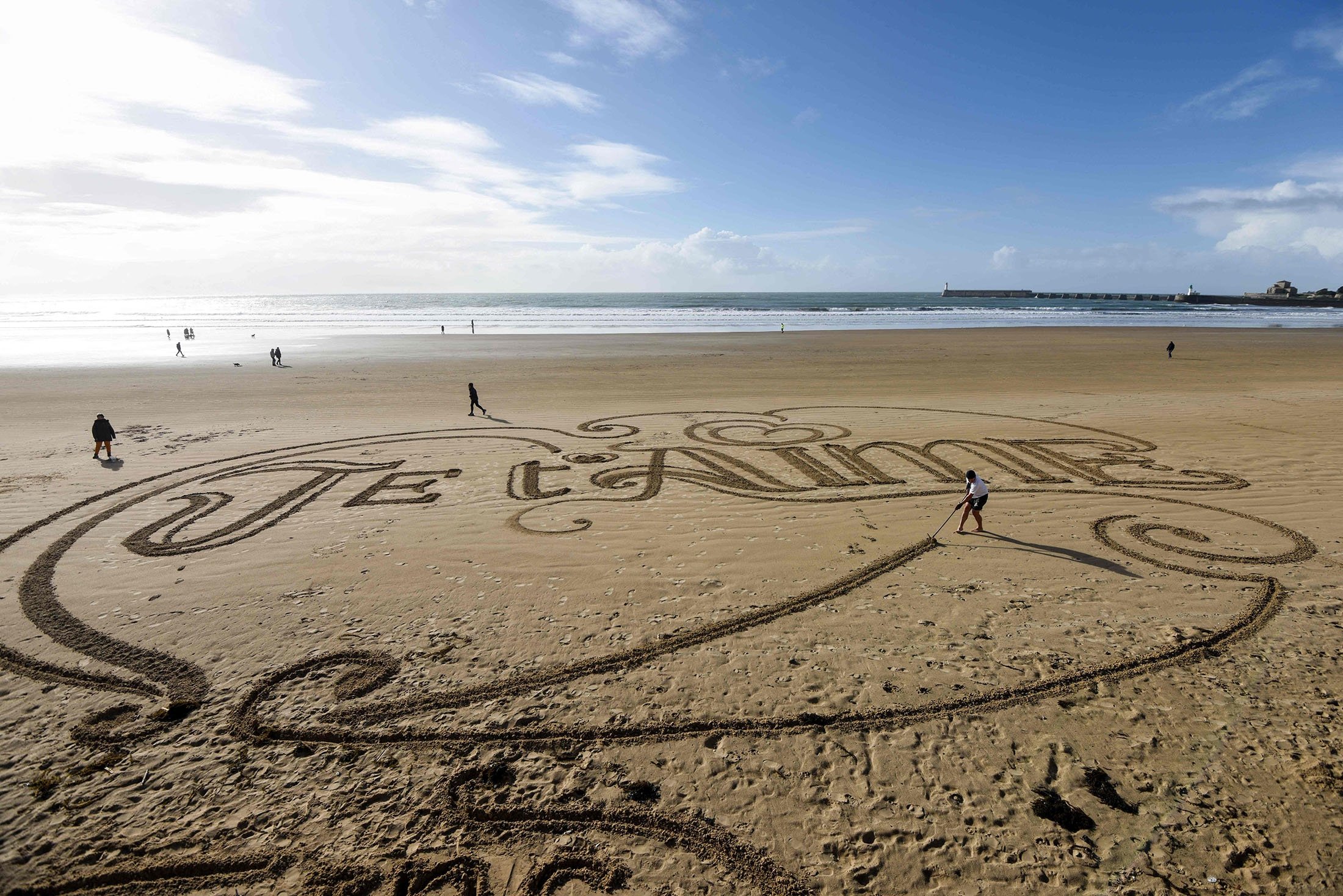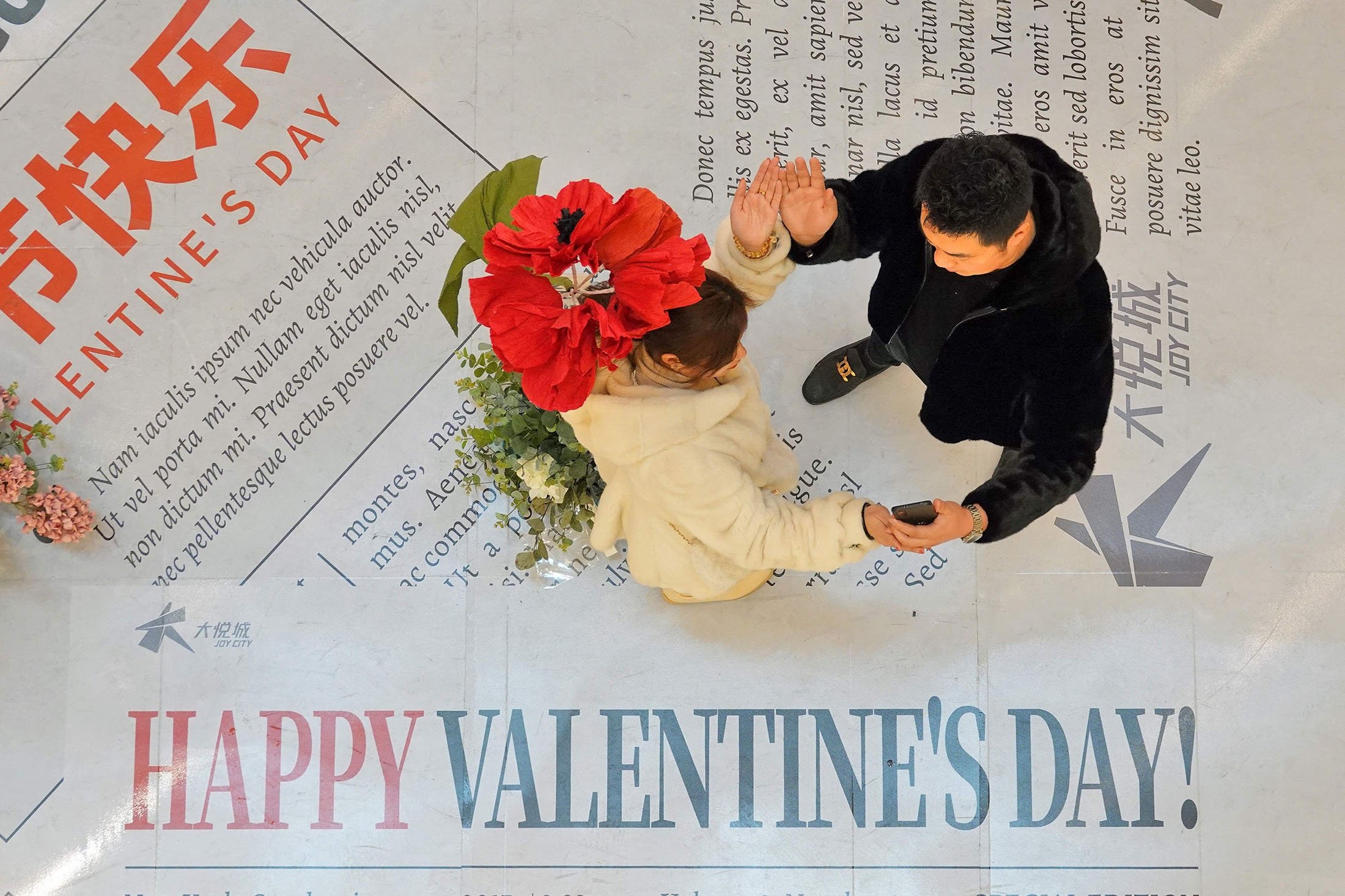© Turkuvaz Haberleşme ve Yayıncılık 2026
From a pagan festival to a marketing ploy, St. Valentine's Day has had quite a journey through history to end up at "whatever you do, just don't forget to have flowers with it." Traditions can be funny things, and the joyous occasion that Feb. 14 is may be a worldwide celebration today, but that was not always the case throughout its history. It didn't even have anything to do with romance at one point. So, what made this winter day of discontent the phenomenon that it is today?
Valentine's Day was once a violent affair. Its origins are thought to go back to the Roman purification festival of Lupercalia when naked young men would whip young ladies to make them more fertile.
Down the centuries, it evolved into slightly less raucous lotteries that paired young men off with young women at medieval carnivals.

The day is also, of course, associated with the cult of third-century Roman Christian martyr Saint Valentine.
He literally lost his head over love – decapitated on the orders of Emperor Claudius, they say, for secretly performing weddings.
According to the legend, Valentine cured his jailer's blind daughter and the day before his death slipped her a note signed "Your Valentine."
Unfortunately, there was no happy ending.

In England, the exchange of messages known as "valentines" on Feb. 14 picked up with the rise of postal services in the 19th century, with the sender often signing off "Your Valentine."
They did things differently across the border in Wales. Their festival of love is held on Jan. 25 and celebrates a fourth-century Welsh princess called Saint Dwynwen.
Unlucky in love, broken-hearted Dwynwen sought solace in religion and became a nun, praying for others to find true love.
Among the gifts traditionally exchanged between lovers, and would-be ones, are carved Welsh wooden love spoons.

The celebration took a commercial turn in the mid-19th century in the United States, with the invention of mass-produced greeting cards.
Promoters quickly got the idea to extend the "tradition" beyond lovers, with schoolchildren now expected to bring a Valentine card for every one of their classmates.
Today it has become a $20 billion-business and has even spawned Galentines Day, when "gals" go out together and eat waffles.

The Japanese Valentine tradition began after World War II when confectionery makers came up with the wheeze where women offer chocolates to their bosses and boyfriends on Feb. 14.
A half-century later, the practice has become an annual ritual, with millions of Japanese women giving pralines or ganaches to show affection, friendship or professional respect.
However, not any chocolate will do. The "Giri choco," for example, are standard chocolates reserved for work colleagues while the superior "Honmei choco" is a sign of true love.
